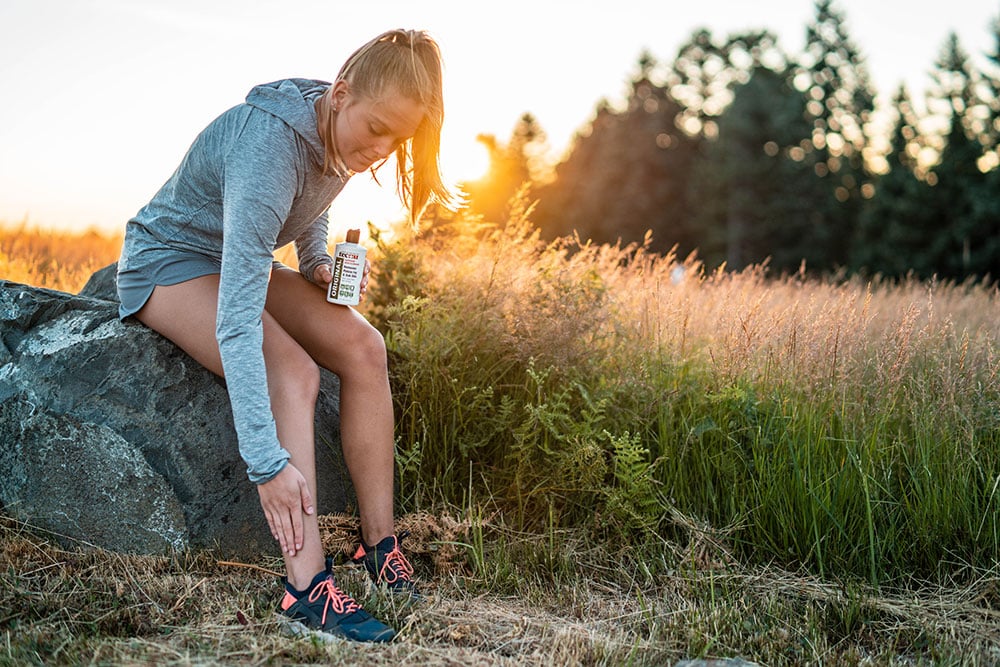What You Need to Do After Contact With Poison Ivy

What to do when you've come in contact with poison ivy may seem like a common question, but it garners different answers. While most people know the symptoms of poison ivy—rash, hives, blisters, itchiness—they may fail to realize what can happen after exposure and how to handle the aftermath.
The best way to treat poison ivy is to avoid it in the first place. First you need to know what poison ivy looks like to do this. Poison ivy has three leaves and can grow between six inches and up to a foot or taller. It can also grow in the form of a vine on trees or buildings
Rashes from poison ivy after exposure may appear differently to everyone. If you’ve had it in the past, it can last from 12 to 48 hours. It can last two to three weeks for the people who are infected for the first time.
Poison ivy causes an uncomfortable and painful rash. The rash usually spreads by touch which results in the rash-causing oil spreading. It can spread for days, and it usually takes a few days to clear up. These are the most common situations where you can get poison ivy rash.
1. Touching any part of the plant, including the leaves, stems, and roots.
Poison ivy contains an oil called urushiol that can cause a rash in people who touch it. This chemical is found in all parts of the plant.
The rash is not contagious, but the oil can spread from other body parts to unaffected areas if it is not washed off.
2. Touch clothing, tools or pets that have come in contact with the poison ivy.
Contact with the oil from the plant that has been transferred to another object can cause a rash. For example, touching something such as a garden tool or a pet's fur.
3. Inhaling smoke from burning poison ivy.
People who are allergic to poison ivy are also at risk of developing an allergic reaction within your nasal passages, mouth, and throat when they inhale smoke from burning the plant.
This can be dangerous if it causes anaphylaxis, which can lead to shock, difficulty breathing, and even death.
If you contact the plant, these are ways to relieve your discomfort and speed up your recovery.
1. Wash the affected area with a cleanser designed to remove the oil.
If you get a poison ivy rash, it is best to wash it off immediately. This will eliminate some of the chemicals that are causing your skin to react. We recommend using Tecnu Original Outdoor Skin Cleanser, Tecnu Extreme Poison Ivy Scrub, or Tecnu Detox Wipes. It is best to wash off the oil within 10 minutes of contact, but some people can still avoid a rash up to 8 hours after exposure. Avoid scrubbing the skin as this can cause irritation.
Also, wash your clothes immediately after coming in contact with poison ivy to avoid spreading. Clothing can be easily pretreated with Tecnu Original Outdoor Skin Cleanser.
2. Wash your fingernails thoroughly!
Keep your fingernails short and clean while you have poison ivy to reduce the risk of spreading it by scratching. According to the American Academy of Dermatology Association (AAD), this can help wash out the remnants of urushiol that have settled under your fingernails.
If you scratch, wash your hands immediately. This will remove the urushiol and prevent it from spreading to other people or other parts of your body.
3. Avoid scratching
Itching is one of the effects of being infected by poison ivy. However, do not scratch it if you get a rash after contacting poison ivy! Scratching can cause your skin to break open, leading to infection.
You can reduce the itchy feelings by applying a cold compress, using hydrocortisone cream, other over-the-counter anti-itch remedies, or taking antihistamine pills. Only use one medication at a time and consult a physician or pharmacist for medical advice.
However, this way does not prevent a reaction from occurring. It only washes the urushiol oil and prevents it from spreading to other parts of your body.
Remember, if you have severe symptoms of an allergic reaction (hives, swelling of your face or throat, difficulty breathing), the rash covers more than 25% of your body, is on your face, or prevents you from sleeping, seek medical help right away. The doctor might give you a prescription. In severe cases, they may also recommend an injection of corticosteroids.
It would be best if you tried to avoid areas where poison ivy grows. If you live near forests or fields, you should walk on trails to avoid coming in contact with the plant. Before you go outside or to work in the garden, consider preventative measures to reduce your risk of a rash from poison ivy. This includes wearing long pants, long sleeves, and closed-toe shoes when in areas where poison ivy may be present, such as gardening or hiking. Follow up with removing any urushiol oil that may have come in contact with your body as soon as possible.
Conclusion
It's important to take measures to prevent further irritation. Keep in mind that you can also be allergic to poison ivy even if you haven't come into direct contact with them. Therefore, you should always be careful when handling clothing or gardening implements that could have touched these plants.




